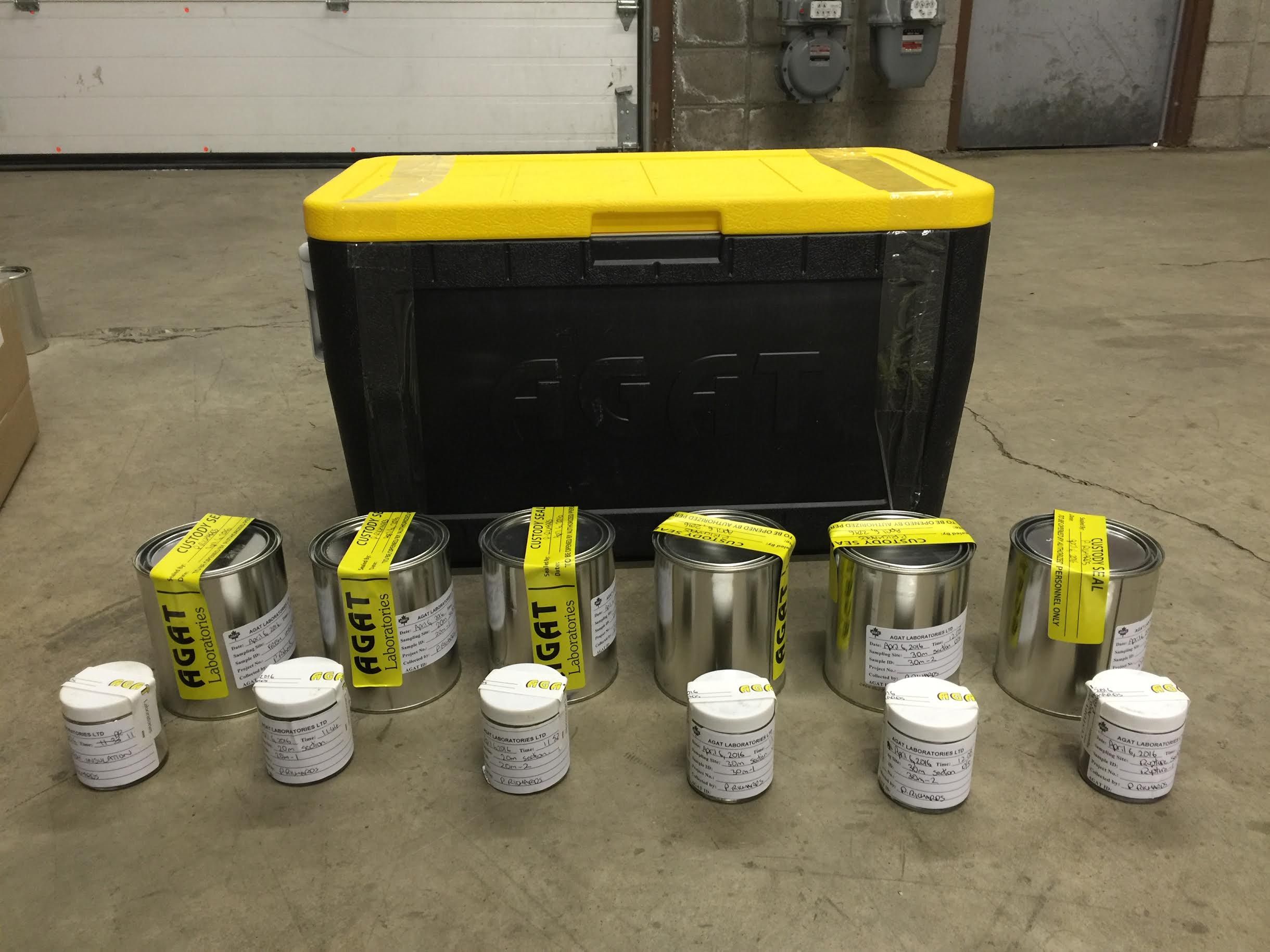It is arson awareness and here is our third blog for arson investigators. One of the most important parts of a successful arson investigation and potential conviction (other than having video or photographic evidence of the arsonist) is the collection of samples and identifying the presence of an ignitable liquid residue (ILR). The evidence first needs to be sampled and documented appropriately, transported to the laboratory, and then processed by the laboratory for analysis of ILRs. If your investigation eventually will end up in a court of law, the concept of legal sampling and legal chain of custody becomes paramount.
In most of my litigation cases, this is one of the first places I look for issues with how well the sampling was documented and if legal chain of custody was completed. You may wonder, what is so different about legal sampling? For a successful proof of legal chain of custody, legal samples require that the physical control or continuity of a sample be documented from the time it is taken until the time it is destroyed. Physical control is where samples are in your possession or locked away to prevent tampering.
Here are ten quick points to consider about the legal chain of custody of your samples:
- Take pictures of sampling locations, pre and post sampling to document the sampling process. Make sure the camera has GPS and timestamp to demonstrate when and where the sampling occurred.
- Place legal seal on containers once the sample is collected. The legal seal provides evidence that once the sample was collected, it was not tampered with prior to receipt by the laboratory.
- Get your samples on ice and cool packs. Once a sample is in your possession, you want to make sure it is protected from degradation for the best results possible. Keeping a sample cool reduces degradation and potential volatilization of the samples. It can also reduce the potential for cross-contamination of other samples.
- Seal the cooler with tape, sign and date the seam to document that tampering did not occur to the samples prior to arrival at the laboratory.
- Take photographs of all these steps to establish a timeline and document the due diligence.
- Get the samples to the laboratory for analysis as quickly as possible. Stainless steel cans DO NOT provide a perfect seal and samples can cross-contaminate.
- Avoid using a courier if possible. If not possible, ensure that samples are tracked appropriately, and precautions are put in place to ensure that samples have not been tampered with. Airports, diesel trucks, and idling engines are all prime sources of potential cross-contamination during transport and hot tarmacks are a good way to cause volatilization of your target compounds if samples are not protected appropriately.
- Laboratory doing the analysis should document the receipt of the samples and take pictures of legal chain of custody seals to complete the sample integrity documentation.
- The laboratory should have documentation on how and when the sample was handled while in their custody and should have locked, cold storage where the samples are kept.
- The laboratory should be able to provide a detailed analytical package and backup documentation on the methodology and how the samples were processed by the laboratory and have the qualified personnel to testify on the results.
If any of these components of your investigation are overlooked, it opens up the opportunity to question the validity of your results. Do your best to cover these off so that your investigation is as successful as possible. If you have any questions about legal chain of custody or would like to hear more about it, reach out to us on social media or contact us through our website.




